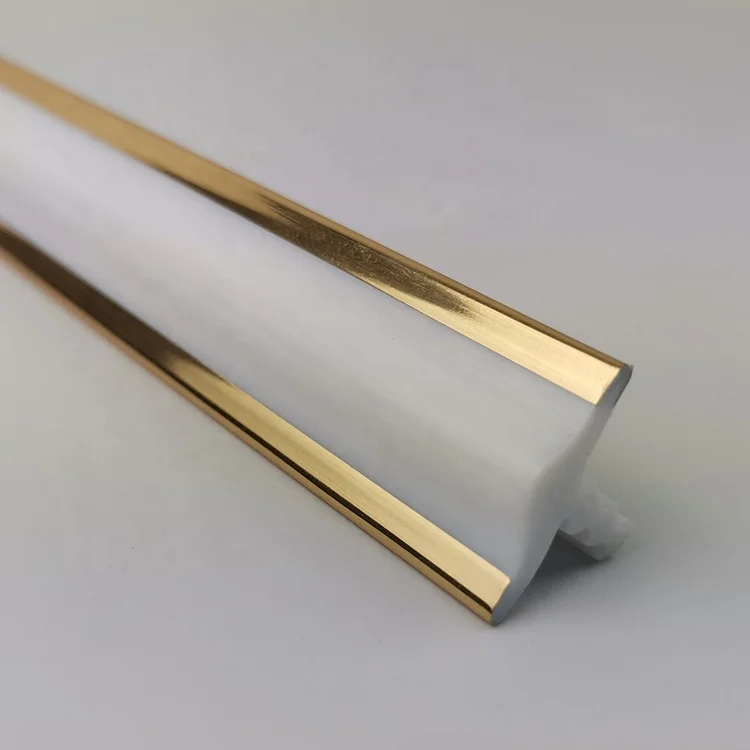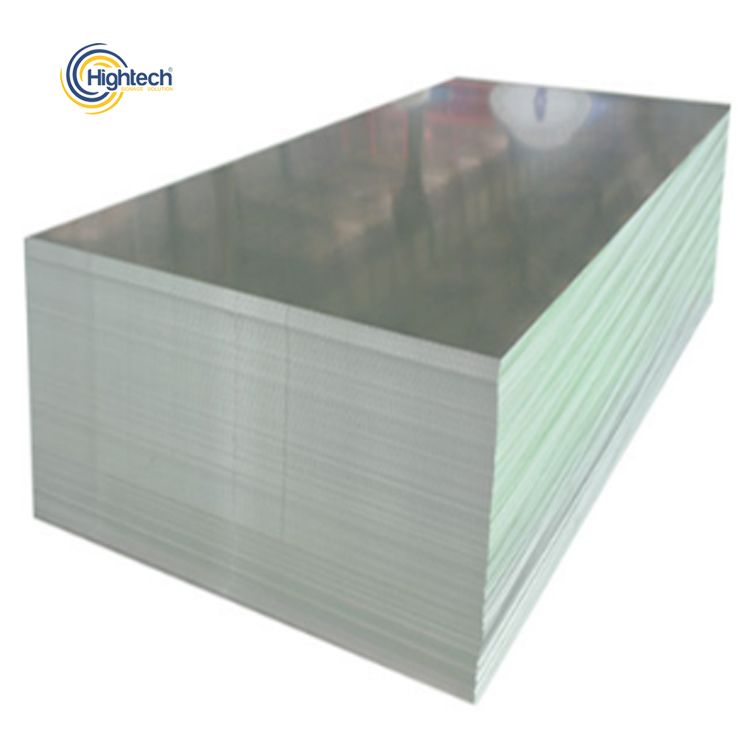Despite its advantages, the transition to CNG is not without challenges. The initial investment in CNG vehicles and infrastructure can be significant, and there are concerns regarding the storage and distribution of natural gas. Safety measures are paramount, as natural gas is flammable, necessitating rigorous standards and practices.




